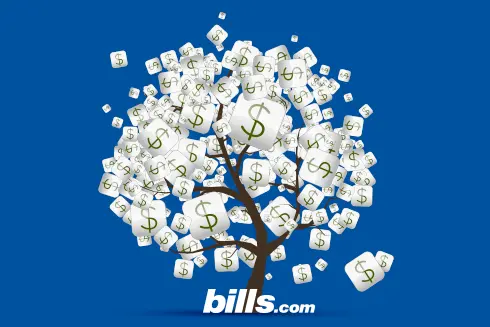
Get rid of your debt faster with debt relief
Choose your debt amount
Or speak to a debt consultant 844-731-0836
Should I concentrate my surplus cash on retiring my student loan debt or investing it?
I have a student debt of $52,000 at a rate of 3.25% with a monthly minimum payment of $327.36. I am paying towards my debt a total of $1,000. At this rate IÂ’ll pay things off in September 2014. I also make monetary contributions for the long termÂ… Mutual Funds and IRAÂ…$400/month Whole LifeÂ…$300/month with 4% fixed Total ofÂ…$700/month IÂ’m doing my best to stick to the 10% rule when it comes to savings. My question isÂ…should I concentrate a total of $1,700 toward knocking down the debt (have things payed off by September 2012) or should I keep at my current investment strategy or should I vary the payments in another manner? With the markets being what they are, IÂ’m not sure where to go with this.
Paying less in interest expenses is A Good Thing, but not if you can put the money you use to pay off your student debt early to more productive use. If I understand your question correctly, you have a student loan rate of 3.25%. You have $1,700 you can put towards retiring the debt or into investing. One missing piece in your equation is the rate of return on your investing. Look at the relative rate of return on investment vs. the interest rate on the student loan.
Another missing piece of the equation is the amount of retirement savings you have. A third missing piece is how long you expect to work.
If you can exceed 3.25% in your investing, then investing is the smart place to put the $1,700. If you cannot, then retiring the debt early will slash your interest expense and prepare you for an attractive debt-to-income ratio when applying for a mortgage.
There is no right answer to your question. If paying off your debt sooner than later will provide a profound psychological benefit, then pay-off the debt as quickly as possible. If you are more comfortable carrying debt, then invest the $1,700 per month in a diversified portfolio and wait for the miracle of compound interest to work its magic.
IRA
Funds going into your IRA, though long-term, are so beneficial. You do not mention whether your employer has a 401K plan. The funds you are contributing to the IRA are post tax dollars. If your employer has a 401K, the pre-tax contribution is beneficial because it reduces your taxable income immediately and when you retire and take the funds out, your taxable rate will be lower.
You do not mention your monthly salary or other expenses such as car insurance, health care costs, groceries, and so on. Also, remember to enjoy yourself.
Whole life insurance v. term life
With whole life policy, some goes towards a death benefit and some towards a cash payout. Term life is solely for a death benefit payout to your beneficiaries. So the choice of whole of life is completely personal based on your needs. It appears you are in the mode to save and provide for your future.
Student loan
You do not specify if the $1700 is going completely towards your student loan or if also includes credit card or debt with higher interest rates. As mentioned, it is a good idea to reduce loan payments as quickly as possible.
Remember to ensure your savings are financially sound. You may want to compromise and, if possible, change the whole life amount.
If it feels right, then pay more towards your debt but do not sacrifice a personal nest egg for rainy day fund. You may discover in a few months that there is an opportunity for a trip to Europe or Hawaii. By saving money in a liquid form, you have the flexibility to pay off the loan sooner or occasionally reward yourself with a new electronic gadget, trip, or car.
I hope this information helps you Find. Learn & Save.
Best,
Bill
www.bills.com/

Get rid of your debt faster with debt relief
Take the first step towards a debt-free life with personalized debt reduction strategies.
Choose your debt amount
Or speak to a debt consultant 844-731-0836